Top ways to improve HEMOGLOBIN
1. Increase Vitamin C Intake:
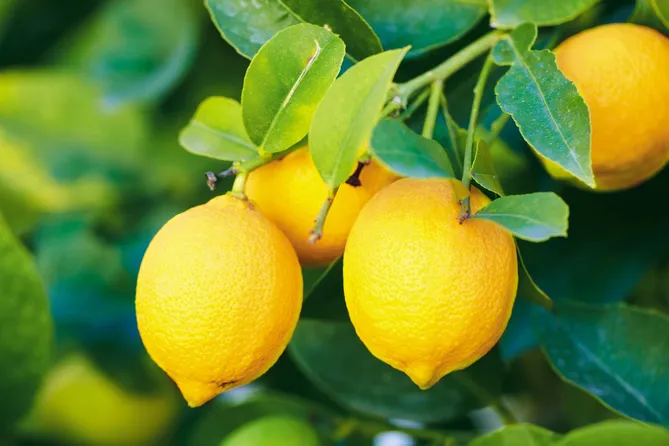
Vitamin C is a potent antioxidant, which can promote skin health and strengthen your immune system. Additionally, vitamin C is key for maintaining your metabolism and supporting your nervous system. Iron is critical for moving oxygen around the body, so iron mainly promotes cardiovascular health. Iron also plays a role in your body’s metabolism. It is important to have a combination of both iron and vitamin C as the latter is a carrier rich molecule that can be used for better absorption of iron. Eat foods rich in vitamin C such as oranges, lemon, strawberries, papaya, bell peppers, broccoli, grapefruit and tomatoes.
2. Eat Iron-Rich Foods:
The most common type of anemia occurs when your body lacks iron. This condition is called iron-deficiency anemia, and it often arises if you don’t have enough iron in your diet. Your body needs iron and other nutrients to make hemoglobin and healthy red blood cells. The top iron rich foods include green leafy vegetables like spinach, beetroot, tofu, asparagus, chicken liver, whole egg, oysters, apple, pomegranate, apricot, watermelon, prunes, pumpkin seeds, dates, almonds, raisins, amla and jaggery.
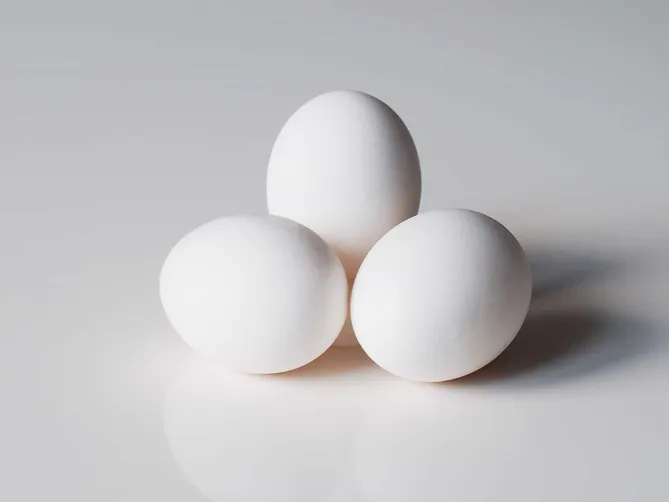
3. Drink Nettle Tea:
Nettle is a herb that is a good source of B vitamins, iron, vitamin C and can play a key role in raising your hemoglobin level. All you need to do, is add 2 teaspoons of dried nettle leaves to a cup of hot water and allow it to steep for 10 minutes. Then strain, and add a little honey. Drink this twice daily.
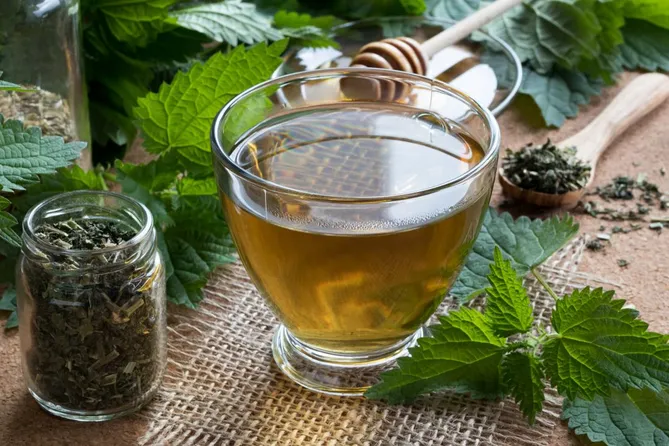
4. Avoid Iron Blockers:
Avoid eating foods that can block your body's ability to absorb iron, especially if you have a low haemoglobin count i.e. coffee, tea, cola drinks, wine, beer, etc. Green tea contains tannins. They prevent the absorption of iron in the body. A study done in 2001, which was published in the American Journal of Clinical Nutrition, reports that green tea extract reduces the absorption of iron by 25%. Iron is required for haemoglobin synthesis in humans. Patients suffering from anaemia suffer from decreased haemoglobin levels. Therefore, green tea should be avoided by anaemic patients.
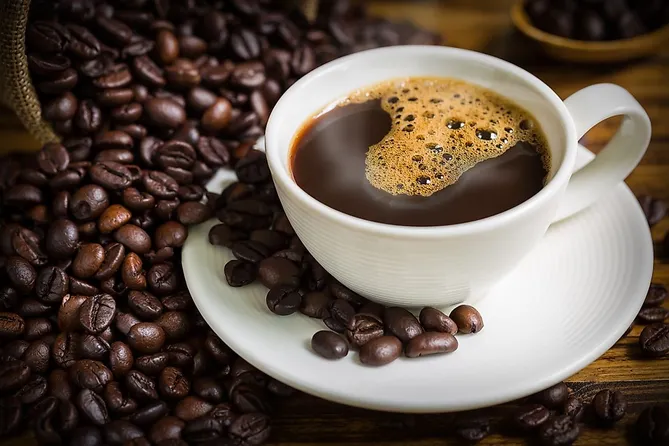
5. Increase Folic Acid Intake:
It is estimated that at least 10% of the United States population has low folate stores, and this estimate may increase to 50% in disadvantaged populations. Deficiency can result from increased requirements, from decreased intake, from poor utilization, and from a functional folate deficiency associated with a deficiency of vitamin B12. Folic acid, a B-complex vitamin, is required to make red blood cells and a folic acid deficiency automatically leads to a low level of haemoglobin. Some good food sources of folic acid are green leafy vegetables, sprouts, dried beans, wheat germ, peanuts, bananas, broccoli and chicken liver. Beetroot is also highly recommended to increase the body's red blood cell count as it is high in folic acid as well as iron, potassium and fiber. Folate deficiency can be caused by unhealthy diets that do not include enough vegetables and other folate-rich foods; diseases in which folates are not well absorbed in the digestive system, some genetic disorders that affect levels of folate and certain medicines.
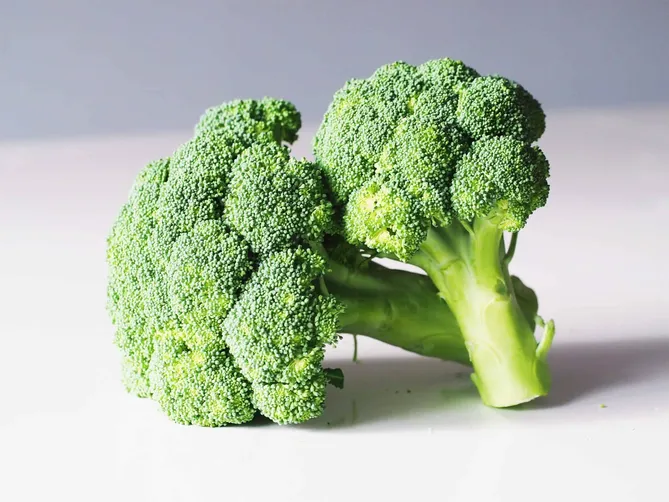
6. An Apple a Day Keeps The Doctor Away:
An apple is an edible fruit produced by an apple tree (Malus domestica). Apple trees are cultivated worldwide and are the most widely grown species in the genus Malus. An apple a day can help maintain a normal level of haemoglobin, since apples are rich in iron plus other health-friendly components that are required for a healthy haemoglobin count. You can either eat 1 apple a day, or drink juice made with ½ cup each of apple and beetroot juice twice a day. Add a dash of ginger or lemon juice for extra flavour. A raw apple is 86% water and 14% carbohydrates, with negligible content of fat and protein. A reference serving of a raw apple with skin weighing 100 grams provides 52 calories and a moderate content of dietary fiber. Otherwise, there is low content of micronutrients, with the Daily Values of all falling below 10%, indicating a nutritionally poor food source. Pomegranate is also rich in iron, calcium, fiber and protein. Its nutritional value can help increase haemoglobin and promote healthy blood flow

7. Exercise:
So, what's the connection between exercise and your hemoglobin levels? Moderate to high intensity workouts are highly recommended, because when you exercise - your body produces more haemoglobin to meet the increasing demand for oxygen throughout the body. Eating a balanced diet is the best way to ensure you get a daily supply of all essential nutrients. Physical exercise is important for maintaining physical fitness and can contribute to maintaining a healthy weight, regulating the digestive system, building and maintaining healthy bone density, muscle strength, and joint mobility, promoting physiological well-being, reducing surgical risks, and strengthening the immune system. Some studies indicate that exercise may increase life expectancy and the overall quality of life.

